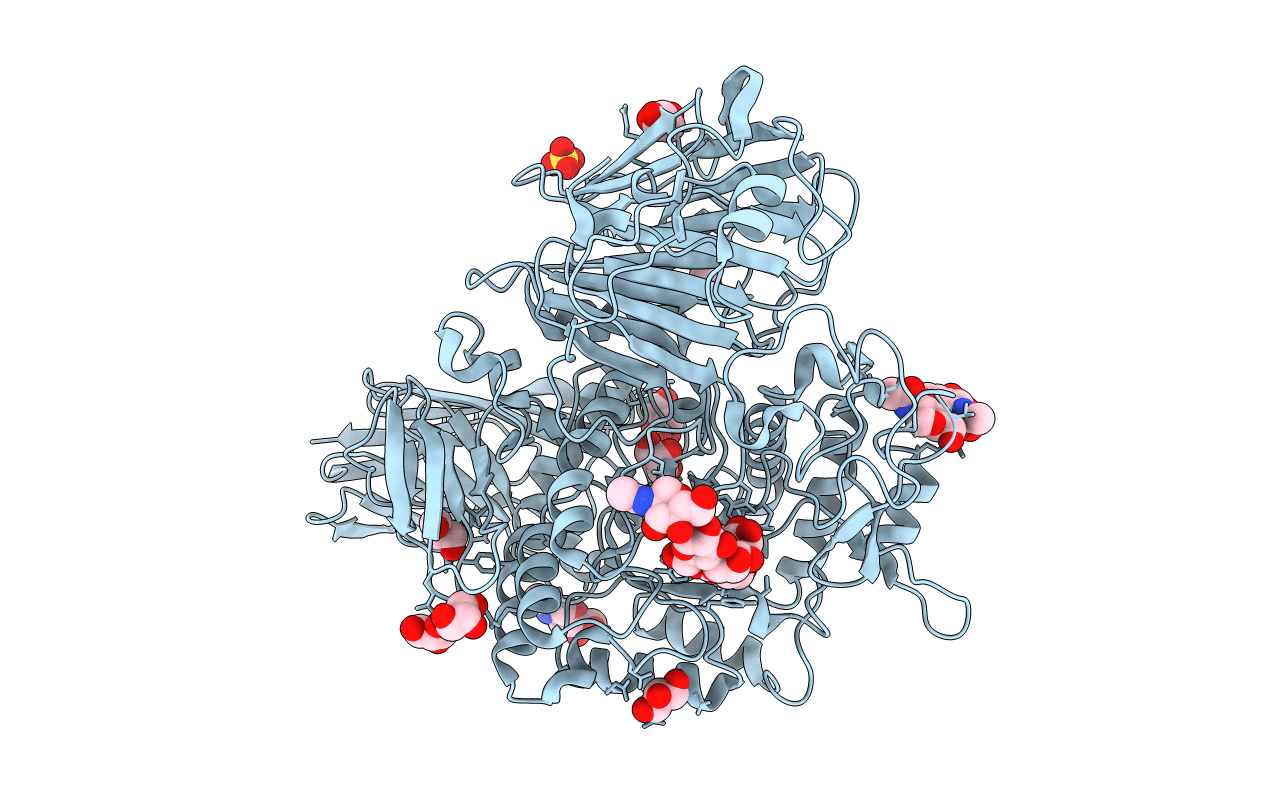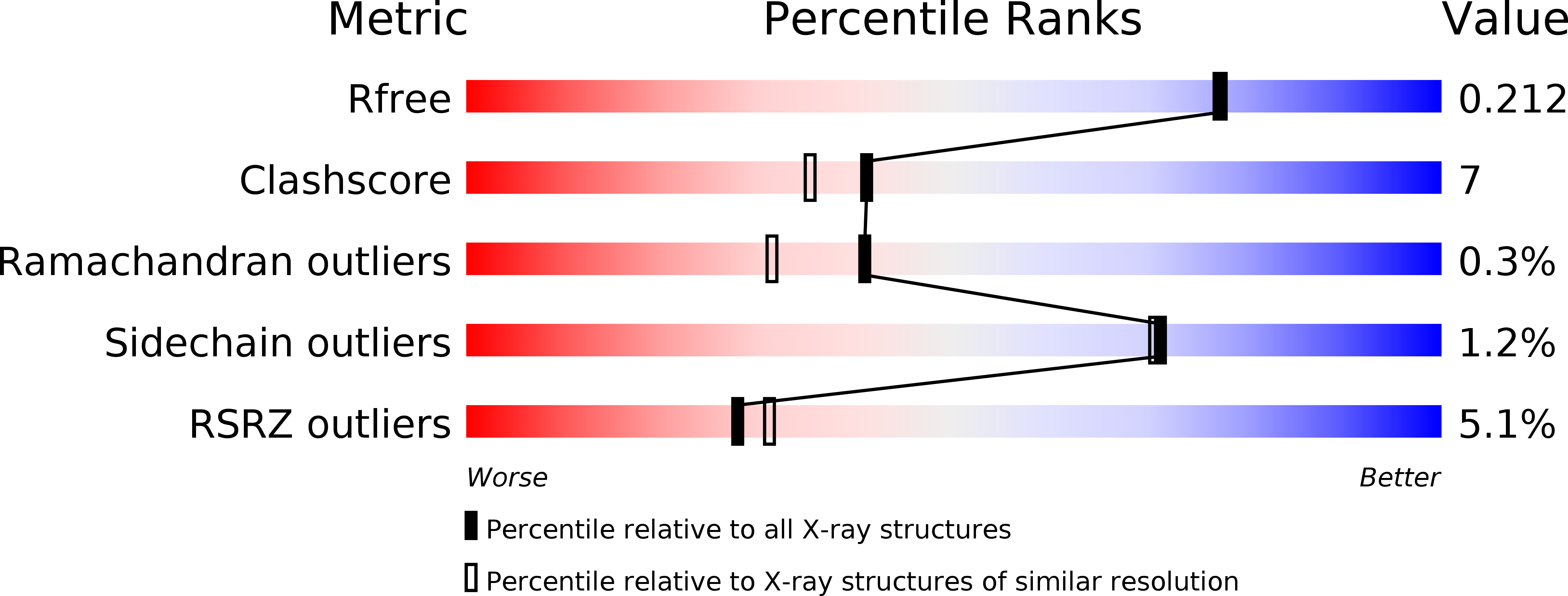
Deposition Date
2007-07-16
Release Date
2008-01-08
Last Version Date
2024-10-30
Entry Detail
PDB ID:
2QMJ
Keywords:
Title:
Crystral Structure of the N-terminal Subunit of Human Maltase-Glucoamylase in Complex with Acarbose
Biological Source:
Source Organism:
Homo sapiens (Taxon ID: 9606)
Host Organism:
Method Details:
Experimental Method:
Resolution:
1.90 Å
R-Value Free:
0.21
R-Value Work:
0.17
R-Value Observed:
0.17
Space Group:
P 21 21 21


